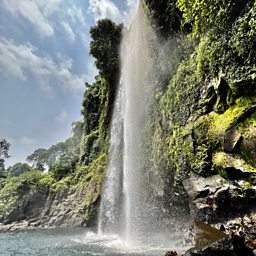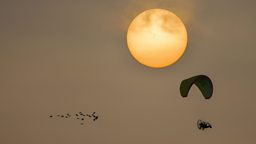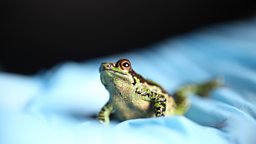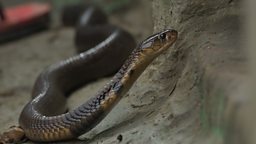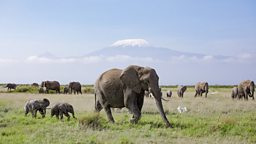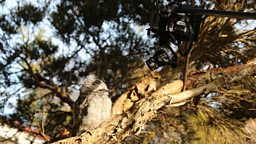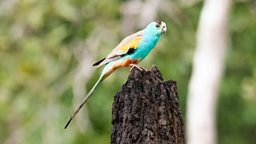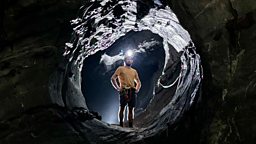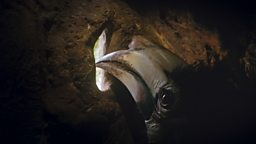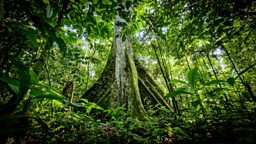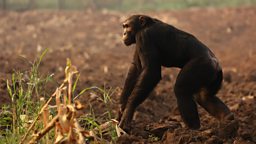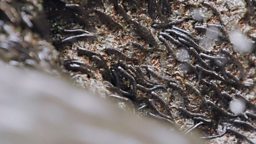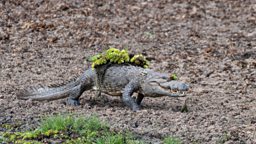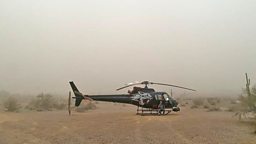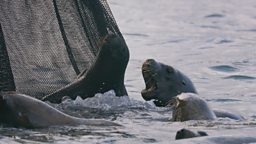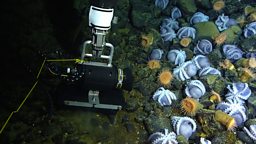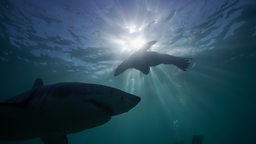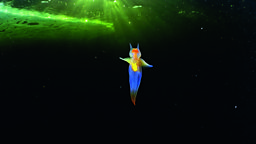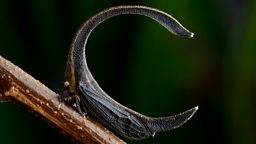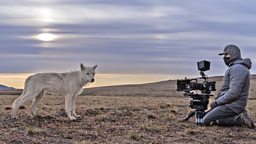The rock-climbing gobies of Bioko
By Justin Jay, filmmaker and conservationist
Treading water and barely able to open my eyes in what felt like a constant driving rain, I craned my neck upwards trying to guess the height of the ledge above. I was under a cascade of water carving through dense equatorial jungle. I watched as a river’s volume of freshwater flowed endlessly in what I would guess is a 30m freefall. It plunged into the lagoon, and I felt the constant low rumble like thunder throughout my body.
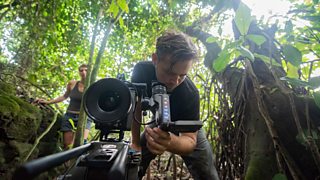
I was on Bioko Island off the coast of West/Central Africa, and this was the tallest waterfall I had ever seen. That’s when I saw my first rock-climbing goby, the tiny fish clearly out of the water and climbing the rockface of the waterfall. My heart was pumping with the excitement from swimming under the falls and it was one of those rare times in life where every sense of adventure, curiosity, and awe is felt at once.
To escape marine predators and to find ideal foraging grounds, the gobies have evolved to do an impossible task - climb to the very top of this 30m vertical waterfall, allowing them to settle in new habitats off-limits to so many of their marine cousins left below.
What I had witnessed was the end of the gobies’ journey – their climb to the top of the waterfall.
But to get to this point they have already made the epic journey from the ocean to river, battling tides and climbing over boulders to avoid river currents.
Working alongside camera operator Tania Escobar Orihuela, we wanted to film the gobies' migration in its entirety - something that had never been done before.

Through countless hours in the chilly water, Tania was able to follow the schools of fish as they made their slow journey up the river, capturing our first images of the goby migration in all its glory.

The footage was amazing, and we began to see how special this event truly is - thousands covering the river’s boulders in a squirmy mass of gobies, all moving as one. An endless procession of tiny fish, each one of them charging forward upriver in a display and behavior none of us had ever seen. We were blown away by what we were seeing!
When I returned to South Carolina, I began to look for answers to what we had filmed. That’s when I tracked down Drs. Richard Blob and Heiko Schoenfuss, leading rock-climbing goby scientists. They have studied gobies around the world from Hawaii to the Caribbean and after showing them our unique footage, their jaws dropped, Dr Blob explaining, “We've only heard stories of this happening! Show us more about Bioko!”
Goby migrations on this huge scale – with millions of individuals migrating en masse – are largely unheard of nowadays.
The goby river in Bioko seems to present a vision of what life used to look like before humans diverted, dammed and polluted the planet’s freshwater. A time-capsule back to when freshwater was crystal clear, brimming with life and host to natural spectacles we can now only dream of.
It is a clear reminder of why we must protect these untouched wildernesses or risk losing their hidden wonders altogether.
